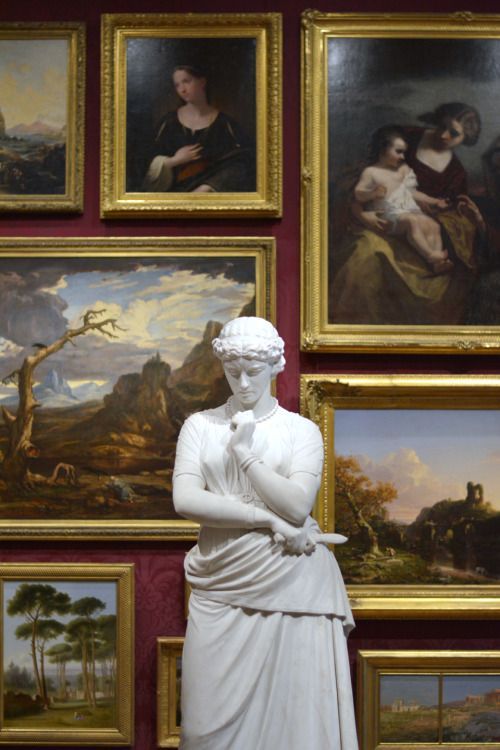
The need of the humanities, and of culture in general, as an essential element in society, is becoming more and more highlighted, because Technology overwhelms us and highlights the importance of the human factor that, in short, is the one that must give good purposes and content to the use of so many sophisticated media.
The named human factor is the key to all the great challenges we face. It is about us, of each one as a person, of their human quality, which is forged through the global culture that the humanities contribute.
The need for humanistic training is highlighted by the fact that every day there is greater confusion in terms of means and aims. We have a great proliferation of means, but we do not have clear goals. We have communication systems, economic systems, productive systems, educational systems, political systems, media, in short. But what is the purpose of the communication? What is the purpose of education, of the economy? These are still important questions.
Art does not get rid of this bewilderment. What is the art? What is it for? Is it a mere adornment superfluous in the true and imperious human needs, a way of communication of our emotions, a mercantile object? Surely we will have as many answers as people because Art is perhaps the one that has suffered most from the ambiguity and loss of identity of our time.
Today art sets foot in creativity. Concepts such as innovation, change, reinventing themselves … are constantly in the focus of most artists, companies and social projects. Certainly creativity, that elastic capacity of imagination, is necessary, but it is still a tool, and as such, in the service of what we put it into?
Sometimes the so-called “work of art” tries to justify itself by its own creativity, by its ability to surprise us, by its novelty, without greater significance than that originality, which obviously, soon after, has little originality.
In other cases, creativity is at the service of a message, an idea or a feeling. It serves as a channel of expression and communication between the invisible, the internal image of the artist, and the sensitive, the embodied work.
But, where is the Beauty of which the classics speak and which gave name to the so-called Fine Arts? What was that about creations where content and form drank in the same sources of beauty?
Without Beauty, either in the idea or in the form, the work of art is already born dead, it is a decomposing corpse. Art without beauty is only a set of forms, like an attempt to build life with fragments of dead beings.
The word Art etymologically comes from the term Roman Ars (the Greek Techné) and is the ability to know how to do something. But the ability to make devoid of beauty is detached from the constructive quality of life, no longer rebuilds us, destroys us, does not heal us, makes us ill. Because beauty tells us about the mysteries of unity and the harmony that sustains life and whose origin, as Plato transmitted, is at the very beginning of the creation of the universe.
Perhaps it can cost us a lot to try to define beauty, because of its irrational nature, it escapes us between the fingers of the rational and discursive mind. But no matter, beyond that reason there is a more or less active sensitivity that recognizes it, a sensitivity to beauty, an aesthetic sensibility.
Unfortunately we do not contemplate a work of art from the heart, to feel moved or not, but from mountains of prejudices and arguments. And so, little by little, the sensitivity of perceiving and vibrating with the beauty that is only recognized by the soul that “inhabits the heart” is lost.
Does the heart awaken beauty when it falls in love, or does it fall in love because it awakens beauty? Be that as it may, it is love that untangles aesthetic sensibility. What would be of the human being if he lost the ability to perceive and reproduce beauty? Would he also move away from the love of truth, good or justice?
How wonderful it would be if the art not only put wings to our imagination but that it was returned to our Heart-Soul, that which is recognized in the Good, the Truth and the Beauty!
Miguel Angel Padilla Moreno
